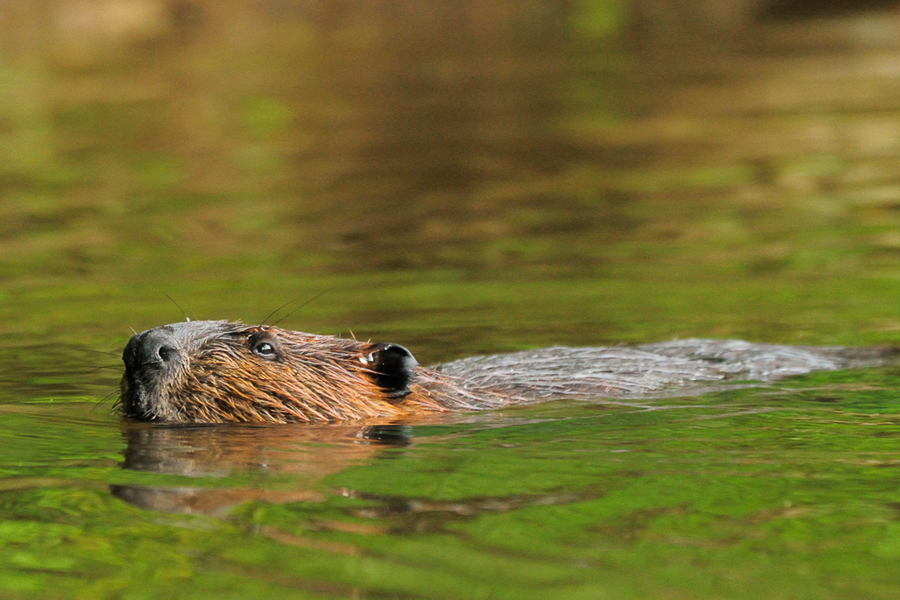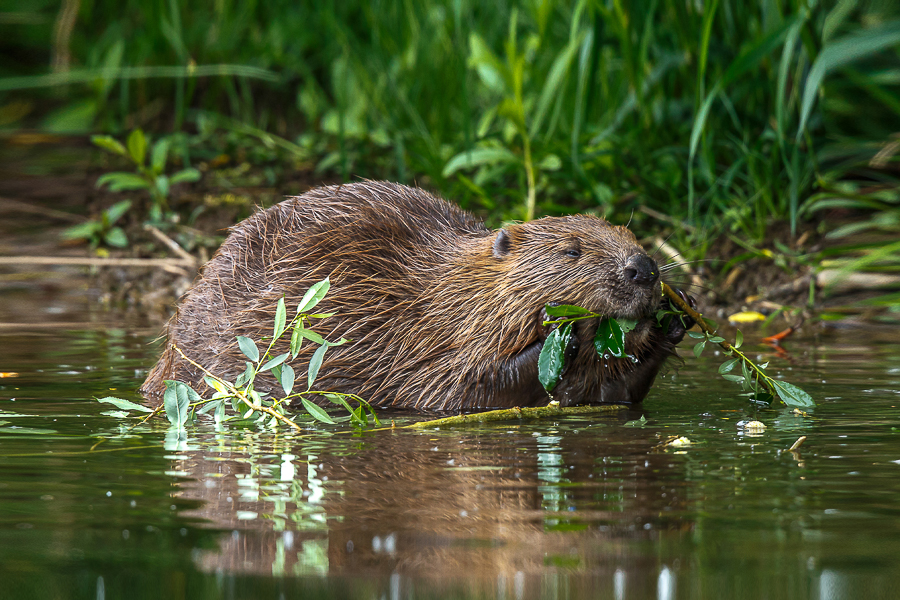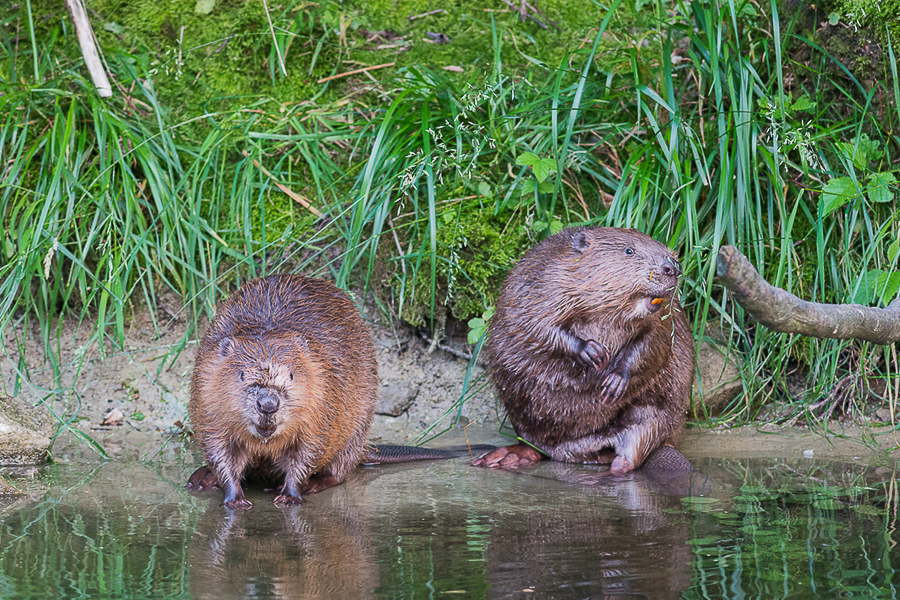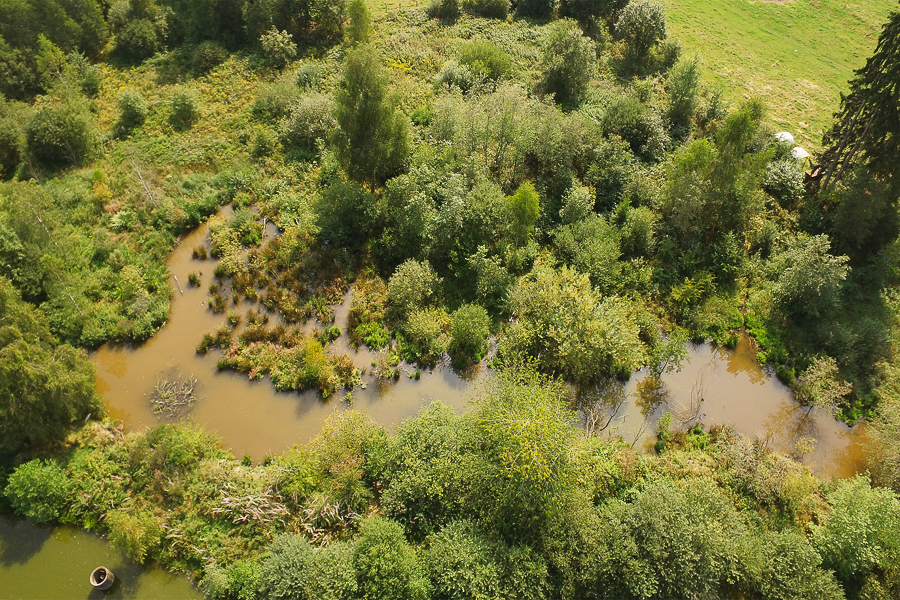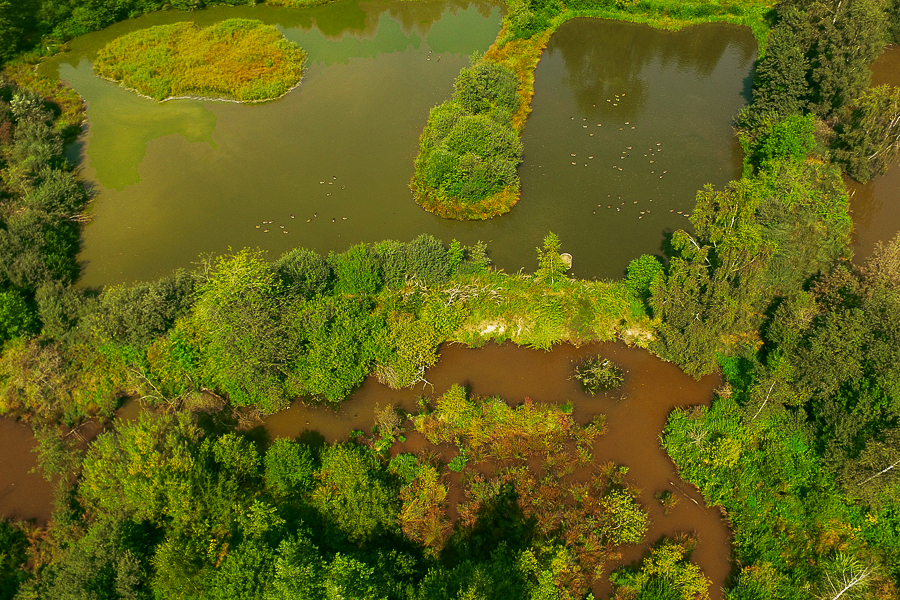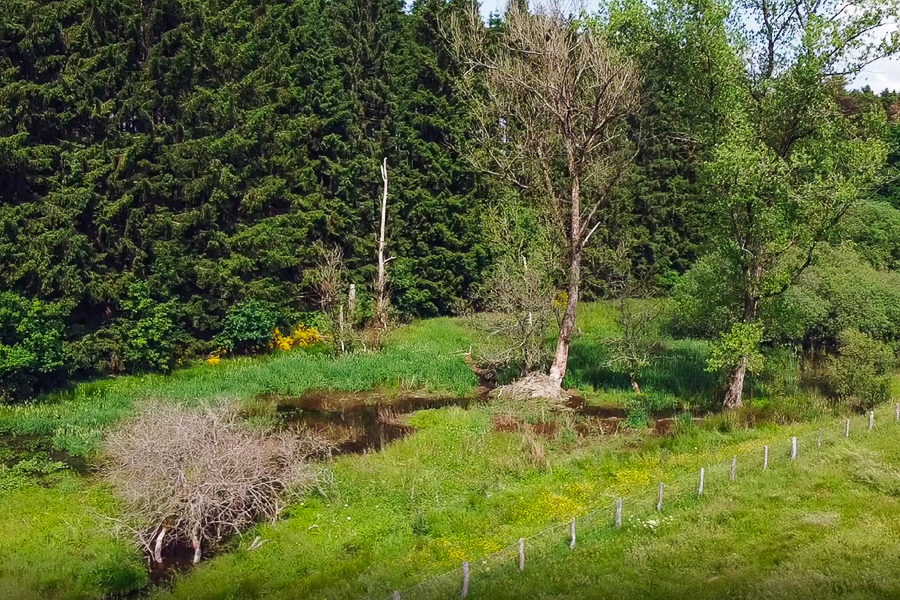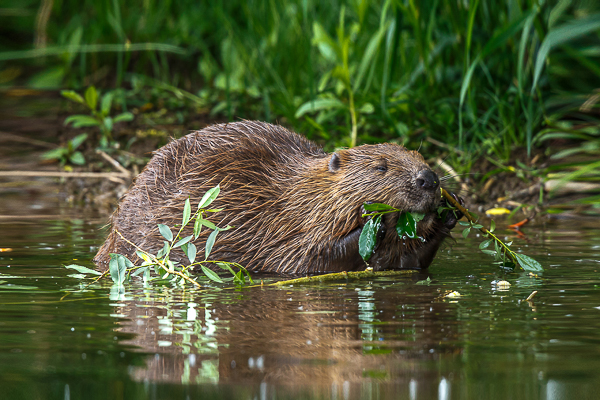 Credit: natur&ëmwelt
Credit: natur&ëmwelt
Luxembourg has what is known as a Temperate Climate in which winters are generally mild and summers comparatively cool, with rainfall that can be high; its flora and fauna have thrived in, and adapted to, this climate over the centuries and millennia, with ongoing challenges due to pollution and recent climate change, as well as the introduction of non-native species, resulting in disruptions to the norm.
Nevertheless, with various initiatives and organisations helping the ecosystem and habitat, including sustainability and re-wilding, there is a lot happening in nature across the Grand Duchy.
Chronicle.lu has teamed up with natur&emwelt (the non-profit organisation (naturemwelt), the foundation (Hëllef fir d'Natur) and the Wildlife Care Centre (Flegeestatioun)) for a series of articles on Luxembourg's fauna in which we look at various mammals, birds, insects, amphibians and aquatic animals, as well as touching on vanishing species returning to Luxembourg, focussing on their lifestyle and habitat, including when and where to observe them.
No. 17 in this series focuses on the Eurasian Beaver.
A symbol of perseverance and ingenuity, the Eurasian beaver (Castor fiber) is a remarkable architect. At Cornelysmillen, natural reserve of the Foundation Hëllef fir d’Natur, its presence shapes the landscape and enhances local biodiversity.
The beaver is the largest rodent in Europe, reaching up to 1.30 m in length, including its tail, and weighing around 30 kg. Its thick brown fur protects it from the cold, and its webbed hind feet make it an excellent swimmer. Its flat, scaly tail serves as both a rudder and a fat reserve. Its orange teeth, rich in iron, allow it to gnaw efficiently on wood, essential for its survival and for building its dams.
Lifestyle
Strictly herbivorous, the beaver feeds on bark, leaves and aquatic plants. Primarily nocturnal, it spends its nights gnawing on trees and maintaining its habitat. Highly territorial, it lives in small family groups consisting of a monogamous pair and their offspring. The breeding season occurs between January and March, with a gestation period of 105 days resulting in the birth of 2 to 4 kits. The young stay with their parents for two years before establishing their own territory. Their way of life profoundly alters ecosystems by creating wetlands that benefit numerous other species.
Habitat
Beavers prefer rivers and wetlands bordered by forests, where they find both food and materials to build their dams and lodges. They shape their environment by slowing water flow, creating habitats that support other animals and plants. At Cornelysmillen, their impact is visible along the riverbanks, where gnawed tree trunks reveal their activity. Such environments are crucial for their survival but are increasingly threatened by urbanisation and pollution
Where and When to Observe Them
Cornelysmillen is one of the best places in Luxembourg to observe beavers. The calm, wooded riverbanks provide an ideal setting to spot signs of their presence: pointed tree stumps, dams and submerged lodges. To maximise one's chances, visit at dawn or dusk, when beavers are most active. In winter, when vegetation is less dense, it becomes easier to spot traces of their activity.
Observation Tips
To observe beavers without disturbing them, remain silent and avoid sudden movements. A pair of binoculars allows you to watch them from a respectful distance. Finally, protecting their habitat by not disturbing their dams or leaving litter is essential to preserving their environment.

